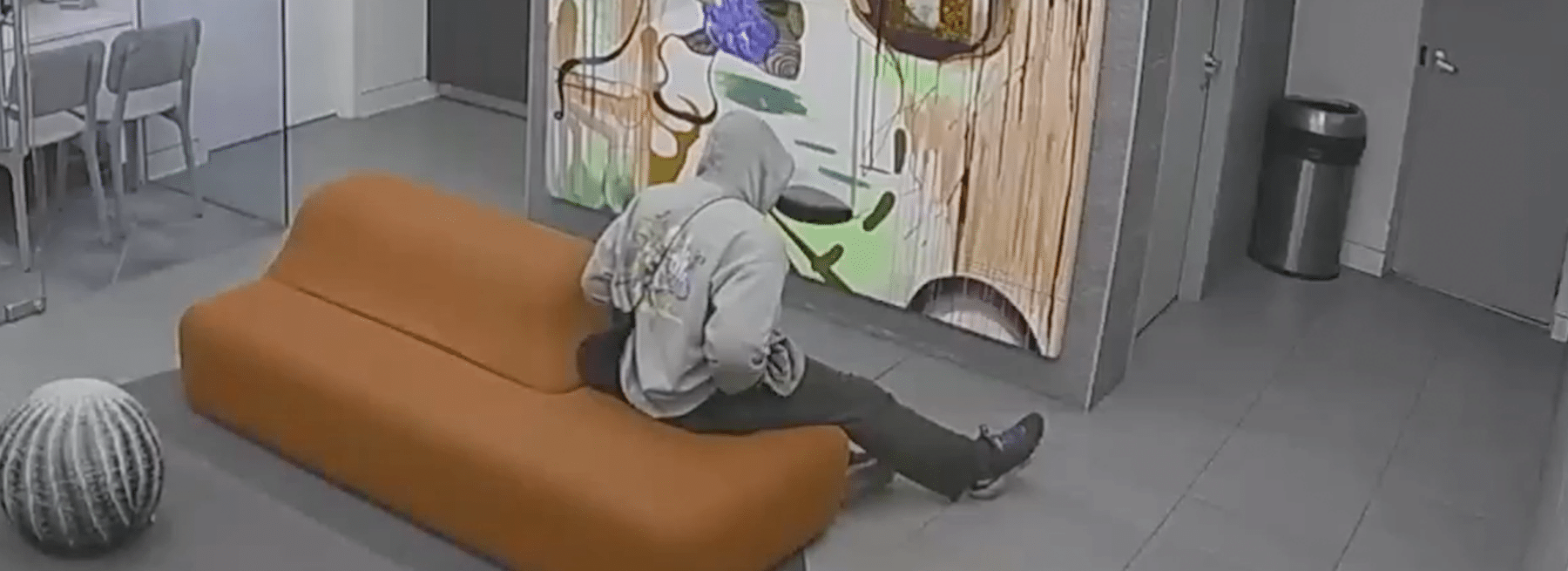The panel – Law Enforcement Explains Priority Response and Verified Alarms was hosted by SDM (@SDMmagazine), the leading security industry magazine. SDM reports video surveillance and other electronic security news for commercial, business, and residential markets.
The police security presentation covered the following topics.
- Police Chief Chris Vinson, Highland Park (Dallas) TX: Remote Video Surveillance
- Commander Scott Edson, Los Angeles, CA: Wireless Surveillance System Credibility
- Deputy Police Chief Paul Calvaruso, Akron, OH: Priority Police Dispatch
- Police Commander Drake Massey, Kern County, CA: Business Surveillance
These are the edited comments.
Police Chief Chris Vinson – Highland Park, TX
I’m the chairman for the Texas Police Chief’s Association Alarm Committee. I represent 1,900 law enforcement agencies that range from a one man department to about 5,000 personnel and departments. There’s a huge spectrum there.
When we talk about what alarm response is and what it means to them, it lets them truly prioritize the alarms. If they receive a call and it’s identified as low-priority, it gets pushed down to the bottom of the call stack.
If those calls do merit a higher response, they get pushed to the top. Those get the response they need to actually make arrests and that’s what we’re all going for here. If you take that guy off that is committing the offences, you solve that crime.
Also, you probably solve a handful of crimes that occurred before because this guy committed them too. You can tie them to this one or other crimes he confesses to. You can solve all the crimes or you prevent all crimes that he would do.
It’s a big deal to make an arrest on one of these calls. It makes a difference in the actual crime rate that effects that city or that jurisdiction.
Right now, I have an informal process of alarm verification. It is a high-end community. There’s a lot of high end alarm systems that incorporate video…When we get a call and the operator tells us that there is video associated with the alarm, we treat that with the same priority that we treat a crime in progress.
Question from the Audience
In the situations where video or other technologies are used to verify the alarms, has it worked well for you? Has it been accepted by the law enforcement community you work with? What’s your thoughts there?
Commander Scott Edson – Los Angeles, CA
Absolutely, we have a training bulletin out for all of our police officers and all our field deputies. All of our calls are taken, and we will definitely increase our priority to respond.
It is definitely working and even in some situations where they send us a video, we didn’t even have to look at it. We got to the scene and the deputies didn’t see anything, but it’s one of the few times when having some sort of validation that there was something going on.
They requested a helicopter and caught the suspects lying in the rough. It’s definitely working for us. I would say it helps catch people and bring more credibility to the alarm system itself.
The biggest problems we see with the alarms today are still a lot of false alarms and really bad contact information. The video verified solution brought a lot of credibility to the alarms because it’s more vetted. It is more verified. It brings a priority response to that type of alarm.
Question from the Audience
Can you explain briefly what the prioritization process look like in the police force? If something is called in and declared verified, how does that translate into a different level of priority for the responding officer?
Deputy Chief Paul Calvaruso – Akron, OH
It becomes a burglary in progress. It is treated exactly the same way as a burglary in progress.
If it comes in, we have a video verification at this address. I think the captain touched up on this earlier. They know to change their response technique there. It’s viewed as a crime in progress.
Commander Drake Massey – Kern County, CA
In terms of alarm prioritization, this is how we’re set up at our shop. We essentially have three priorities.
Priority ones are a robbery alarm at a business. Priority twos are more in the line with a silent burglary alarm or residential panic alarms. Priority threes would just be an audible burglary alarm.
What bumps a priority two up is when we have video or audio verification. It will get a better response. What happens is that dispatcher is able to gather that information and then they relay that over the radio. That alerts the supervisors in the field that we are going to change tactics on this.
We start moving canines to that area and we’ll use our helicopters and start moving to those areas. We’ll even pull in deputies out from other calls. It just gives us a whole different mindset. I’m just echoing what the other law enforcement officers said. Video verification is huge for us and it will continue to be huge for law enforcement in the future.
About Stealth
Stealth Monitoring is a security industry leader in proactive virtual surveillance with over 9,000 video cameras watched nationwide. Steatlh’s remote video monitoring can detect and deter crime while reducing security guard and other expenses. A Stealth operator can see unusual activity in real-time with live-security monitoring, activate a speaker warning to deter the criminals, and call the local police.
Please contact Stealth today for more information to protect business. Visit our web site to see actual videos of criminals being apprehended.




